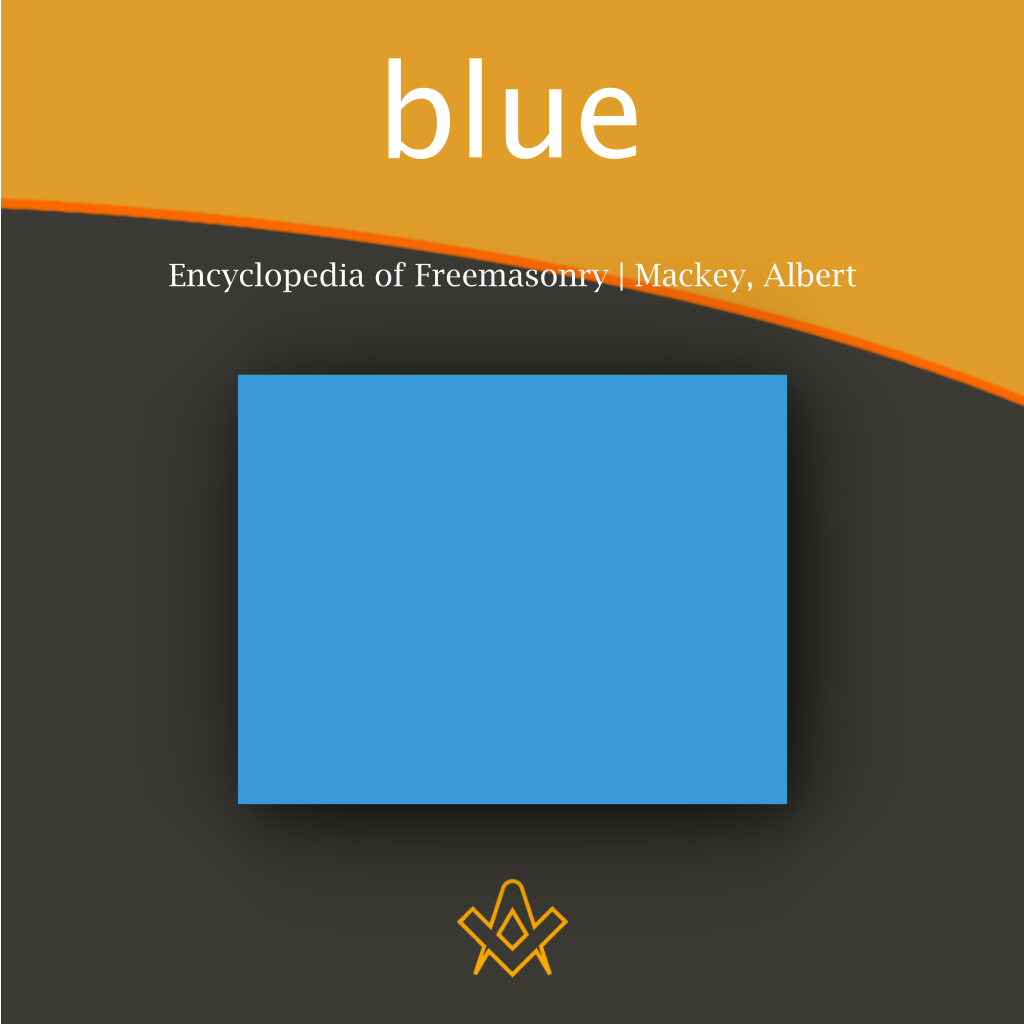The colour blue has long held a significant place in the realm of Masonic symbolism. As the tincture of the Ancient Craft Degrees, it serves as a reminder of universal friendship and benevolence.
Adopted by numerous ancient cultures and religions, the blue colour symbolizes various concepts, such as truth, perfection, hope, and immortality. In this article, we explore the roots of the colour blue’s significance in Masonic symbolism and how its influence has evolved over time, delving into the various ways the colour blue is used in Freemasonry.
Blue: A Universal, Time-Honoured Symbolism
Ancient Religions and Cultures
The history of holistic traits associated with the colour blue can be traced back to some of the most ancient civilizations, as the colour was revered for its distinct qualities and symbolism.
In Judaism, for example, blue was an integral part of religious ceremonies and attire. Similarly, the Druids and the Egyptians held the colour blue to symbolize truth and purity.
In Babylon, blue was used to adorn idols, signifying its sacred nature. The Chinese associated blue with divine energy, viewing it as a balance between antagonistic forces.
The Hindu god Vishnu is often depicted in celestial blue, representing wisdom and divinity. For medieval Christians, blue symbolized eternal life and divine love, creating a longstanding association between the colour and spiritual transcendence.
Masonic Tradition
In Freemasonry, the colour blue is a symbolic representation of universal friendship and benevolence. It serves to remind practitioners that these virtues should fill the heart of every brother, as the expansive sky encompasses the entire world.
Blue is used prominently in Masonic rituals, regalia, and degrees, forging an inseparable connection between the colour and the Craft.
Blue in Freemasonry: Degrees and Symbolism
Ancient Craft Degrees
The three degrees of Ancient Craft Freemasonry, that is, Entered Apprentice, Fellowcraft, and Master Mason, have blue as their principal tincture. In these degrees, it is the only colour other than white used for decorations, illustrating the key symbolic role that blue plays in Freemasonry.
Entered Apprentice
As the first step in a Freemason’s journey, the Entered Apprentice degree introduces the candidate to the world of Masonry, a world adorned with the colour blue. In this degree, blue represents the truth that the candidate seeks, resulting in the development of moral and spiritual consciousness.
Fellowcraft
In the Fellowcraft degree, the blue colour’s significance deepens, highlighting the progress a Freemason must undertake to attain further enlightenment. This stage emphasizes the study of the liberal arts and sciences while fostering an understanding of divine wisdom, with blue serving as a constant reminder and encouragement towards the pursuit of knowledge.
Master Mason
As the highest degree in Ancient Craft Freemasonry, the Master Mason degree imbues the colour blue with even more profound symbolism. Here, blue represents the universality of Freemasonry, symbolizing the notion that brotherly love should extend across borders and cultures.
In this final stage of the Craft degrees, the colour blue is used to underscore the global nature of Freemasonry and solidify its foundations in universal principles.
Scottish Rite Degrees
Although blue carries its primary symbolism in Ancient Craft Freemasonry, it also appears in various degrees of the Scottish Rite, where it holds several nuanced connotations.
Grand Pontiff
In the Nineteenth Degree of the Scottish Rite, known as the Degree of Grand Pontiff, blue is the predominant colour. The blue here symbolizes the kindness, fidelity, and gentleness that Freemasons should exhibit towards each other, embodying the core tenets of brotherly love and unity.
Grand Master of All Symbolic Lodges
The Grand Master of All Symbolic Lodges Degree combines blue with yellow, symbolically referencing the encounter between Moses and Jehovah on Mount Sinai. In this case, blue acts as a historical symbol rather than a moral one, highlighting the divine inspiration central to the Masonic allegory.
Prince of the Tabernacle
Within the Twenty-fourth Degree, known as the Prince of the Tabernacle, the tunic and apron worn by practitioners feature a blue colour, representing the heavenly nature of their final, celestial dwelling place. In this context, blue symbolizes the ascension from earthly constraints to a spiritual existence beyond mortal confines.
Conclusion
The colour blue has been an essential element of Masonic tradition since its inception, carrying a rich history and symbolism that speaks to the core values and principles of Freemasonry.
With its roots in ancient civilizations and spiritual practices, the significance of the colour blue is evident in many aspects of the Craft, from the foundational Ancient Craft Degrees to the intricate Scottish Rite.
In its various manifestations, blue stands as a powerful symbol of universal friendship, benevolence, and the pursuit of wisdom and truth, a beacon guiding Freemasons on their journey towards moral and spiritual perfection.
Article by: Albert G. Mackey
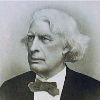
Albert Gallatin Mackey (1807 – 1881) was an American medical doctor and author.
He is best known for his books and articles about freemasonry, particularly the Masonic Landmarks.
In 1849 he established The Southern and Western Masonic Miscellany, a weekly masonic magazine.
He served as Grand Lecturer and Grand Secretary of The Grand Lodge of South Carolina, as well as Secretary General of the Supreme Council of the Ancient and Accepted Scottish Rite for the Southern Jurisdiction of the United States
Recent Articles: Albert Mackay
 Unlock the secrets of the Freemasonry with The Blazing Star - a symbol that holds immense significance in their rituals and practices. Delve into its history, meaning and role in the different degrees of Freemasonry with expert insights from the Encyclopedia of Freemasonry by Albert Mackey. Discover the mystique of The Blazing Star today! |
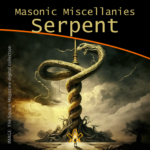 Masonic Miscellanies - The Symbol of the Serpent As a symbol, the serpent obtained a prominent place in all the ancient initiations and religions. |
 This rite of investiture, or the placing upon the aspirant some garment, as an indication of his appropriate preparation for the ceremonies in which he was about to engage, prevailed in all the ancient initiations. Extract from The Symbolism of Freemasonry by Albert G. Mackey |
 The All-Seeing Eye of God, also known as the Eye of Providence, is a representation of the divine providence in which the eye of God watches over humanity. It frequently portrays an eye that is enclosed in a triangle and surrounded by rays of light or splendour. |
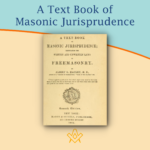 Book Intro - A Text Book of Masonic Jurisprudence An introduction to Albert Mackey's seminal work on Masonic Jurisprudence – the theory or philosophy of Masonic law. The Foundations of Masonic Law are to be found in the Landmarks, or Unwritten Law, and in the Ancient Constitutions, or the Written Law. These constitute the subject matter of the book. |
 "The first great duty, not only of every lodge, but of every Mason, is to see that the landmarks of the Order shall never be impaired." — Albert Mackey (1856) |
 Extracted and abridged from The Mystic Tie: Or, Facts and Opinions, Illustrative of the Character and Tendency of Freemasonry By Albert Mackey, |
 Book Intro - The Principles of Masonic Law "The first great duty, not only of every lodge, but of every Mason, is to see that the landmarks of the Order shall never be impaired". |
 Masonic Miscellanies - The Symbolism of the Gloves The Symbolism of the Gloves and why Freemasons wear white gloves |
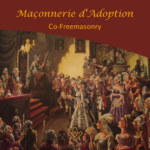 A look at Adoptive Lodges that were established in France for the initiation of females; a short Extract from the Encyclopedia Of Freemasonry |
 Book Intro - The Symbolism of Freemasonry Introduction to a classic masonic book; The Symbolism of Freemasonry: Illustrating and Explaining Its Science and Philosophy, its Legends, Myths and Symbols. |
masonic knowledge
to be a better citizen of the world
share the square with two brothers

click image to open email app on mobile device



